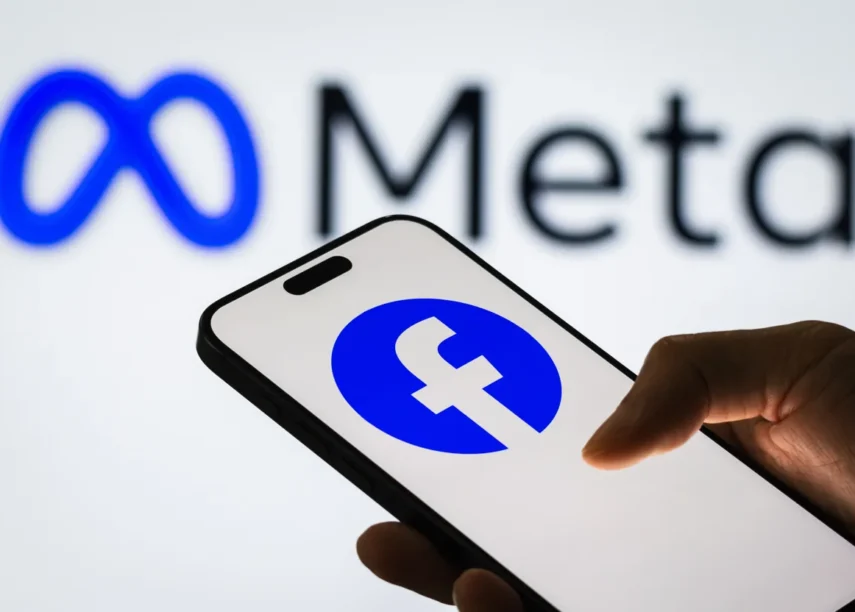Blog
Why rebrand? 7 comnmon reasons
When was the last time your critically assessed your brand? It’s understandable to hold on to a familiar brand identity or a logo that’s been around for years. Often, there are positive associations wit hit, and it has helped your brand get to where it is today. However, the true strength of a successful brand lies in recognising the right moment to refresh your perspective.
Think of it like your house: you may have lived there for years, built fond memories, and it feels like home. Yet over time, you might notice the kitchen is a bit outdated, the walls could use a fresh coat of paint, or the layout no longer suits your current needs. Whether you opt for a makeover or a complete move, the result is a space that fits who you are and what you want. The same goes for a brand.


Why is rebranding important?
Rebranding is a powerful tool to seize new opportunities, maintain a sharp brand identity, and stay relevant in a constantly changing market. On average, organisations undertake a rebrand every seven years. A brand is never truly “finished”. Just like the market, a brand is always evolving and requires attention.
But what are the most common reasons for a rebranding?
Reason 1: Mergers, acquisitions, and divisions
The classic reason for a rebrand. In the case of a merger, acquisition, or division, a new organisation often emerges with its own identity. A strong brand can help communicate this direction clearly to customers and stakeholders. This is also the reason that most often leads directly to a rebrand. Furthermore, it’s not only about the desire for a strong brand. In a division, it may even be necessary to create a new brand, perhaps due to legal requirements.
Example: When Friese Poort and Friesland College announced in late 2022 that they would continue together under the name Firda, a new monolithic brand identity was formed that transcended both brands. While there were initial doubts about letting go of the old identities, people are now proud of Firda.
Reason 2: Outdated corporate identity
The market is constantly evolving. A brand that was once fresh and modern may suddenly appear outdated. A new look helps not only to stay relevant but also to leave a positive impression on your customers. Refreshing the logo or brand identity is a way to demonstrate that you’re keeping up with the times.
Example: The Dutch online retailer Bol.com recently announced a noticeable change: the name was simplified to just “Bol”. The visual identity was also updated, with a more playful design and refreshed colours. This change not only reflects the brand’s agility but also shows how a simple adjustment can make the brand appear more modern.
Reason 3: Growth and expansion into new markets
Growth creates opportunities but also demands adjustments. When your brand expands into new markets, it may be necessary to adapt your brand identity to appeal to a new target audience. It’s important that the brand remains relevant to existing customers while simultaneously attracting new ones.
Example: Facebook became Meta when the company moved beyond social media and began focusing on new technologies. This rebrand reflected the ambition to become a pioneer in these new product markets and marked a shift beyond the original social media platform.

Reason 4: Suitability for digitalisation
In today’s digital age, brands that are strong on paper may struggle to prove themselves in the digital environment. Logos and brand identities that are visually complex often don’t translate well online. A rebrand or update provides an opportunity to simplify your brand and ensure it works well in digital media. Speed, recognisability, and scalability are crucial in this regard.
Example: Mastercard removed its name from its logo in 2019, leaving only the iconic circles. As Mastercard’s Chief Marketing and Communications Officer stated, “The digital age demands modern simplicity. And with more than 80% of people recognising the Mastercard symbol spontaneously, we felt ready to take this next step in our brand evolution.” This simple form proved to be ideal for mobile and digital applications.
Reason 5: Reputation recovery
Negative events or publicity, or issues with customer satisfaction, can damage your brand’s reputation. A rebrand may also be necessary if a new brand has been poorly received in the market or not properly established. A rebrand can then serve as an opportunity for a fresh start and to regain trust.
Example: Volkswagen’s brand reputation took a hit after the infamous “Dieselgate” scandal. In 2019, they decided to refresh their logo. The new, minimalist 2D logo symbolised transparency, simplicity, and a fresh start. This rebrand went hand in hand with a strategic focus, with Volkswagen aiming to show it was ready for a more sustainable future. It was an important step in restoring the brand’s reputation and winning back consumer trust.
Reason 6: Proliferation in the brand portfolio
As an organisation grows, its brand portfolio can become fragmented. Different brand carriers with different variants can lead to inconsistencies in the brand identity. Brand consistency is critical, as it can increase revenue by 10-20%. A rebrand can help establish a single, consistent brand identity and create a cohesive whole.
Example: The Dutch Government had a fragmented brand portfolio, with various ministries and government organisations each having their own identity. This led to a lack of recognisability and an inconsistent image. In 2008, the government decided to undertake a rebrand, bringing all elements together under one visual identity, making communication clearer and stronger.
Reason 7: Market repositioning
A change in strategy, target audience, or market position often calls for a refreshed brand appearance. You may want to associate your brand with new values, address changing customer needs, or differentiate yourself from the competition. A rebrand helps make this transition visible and clearly communicate who you are, what you stand for, and the role you want to play in the market.
Example: Airbnb transformed years ago from a small startup to a global platform for home sharing. The new logo and visual style reflect this ambition. The rebrand immediately attracted attention and created new associations: modern, welcoming, and boundary-pushing.

Are you ready for a fresh perspective?
A rebranding is more than just a new logo or updated corporate identity. It’s a strategic decision to take your brand to the next level. Whether you need a subtle update or a complete repositioning, a rebrand helps your brand grow and evolve. Is your brand facing one of these challenges? We’re ready to support you through this process!




